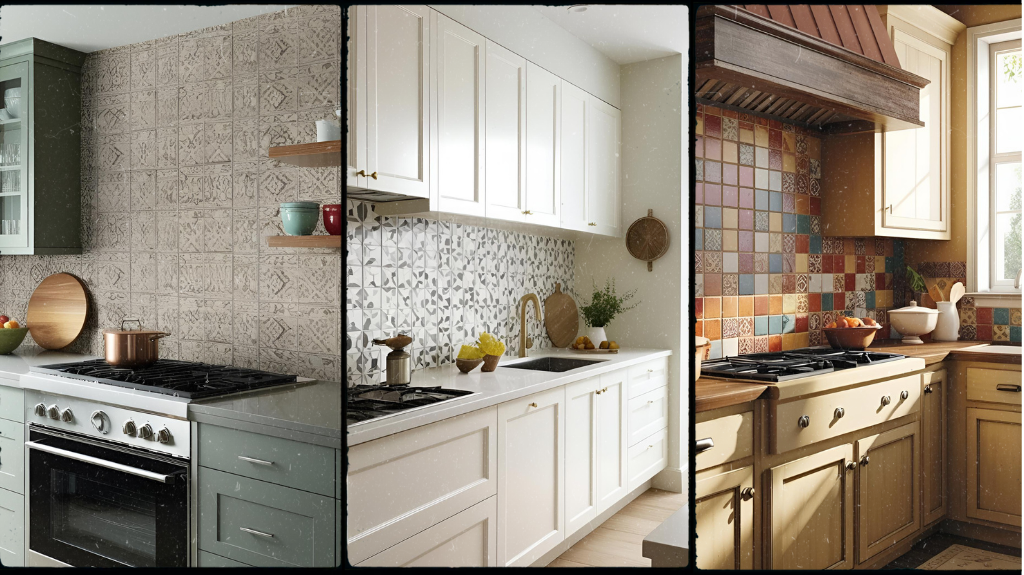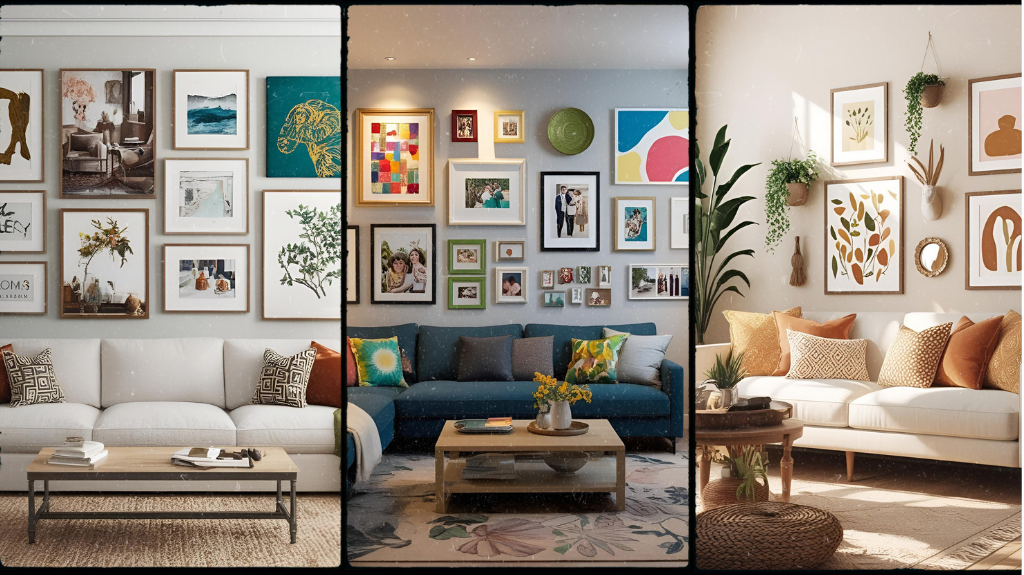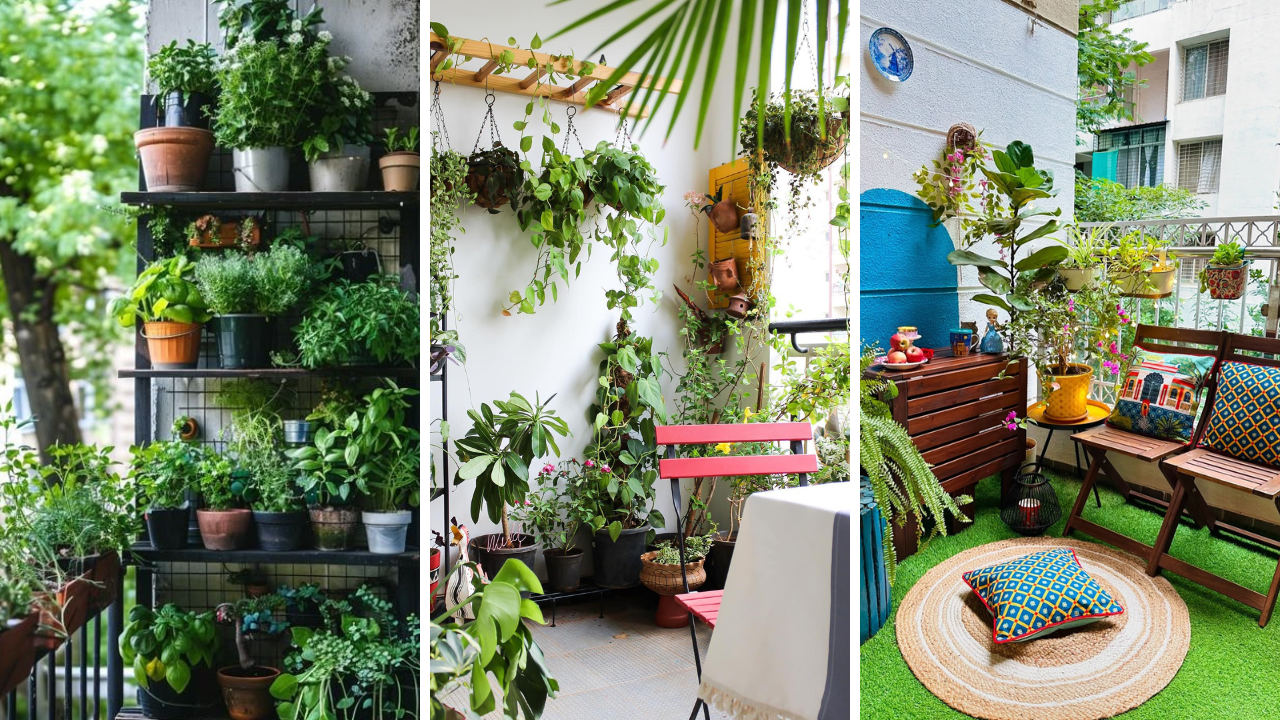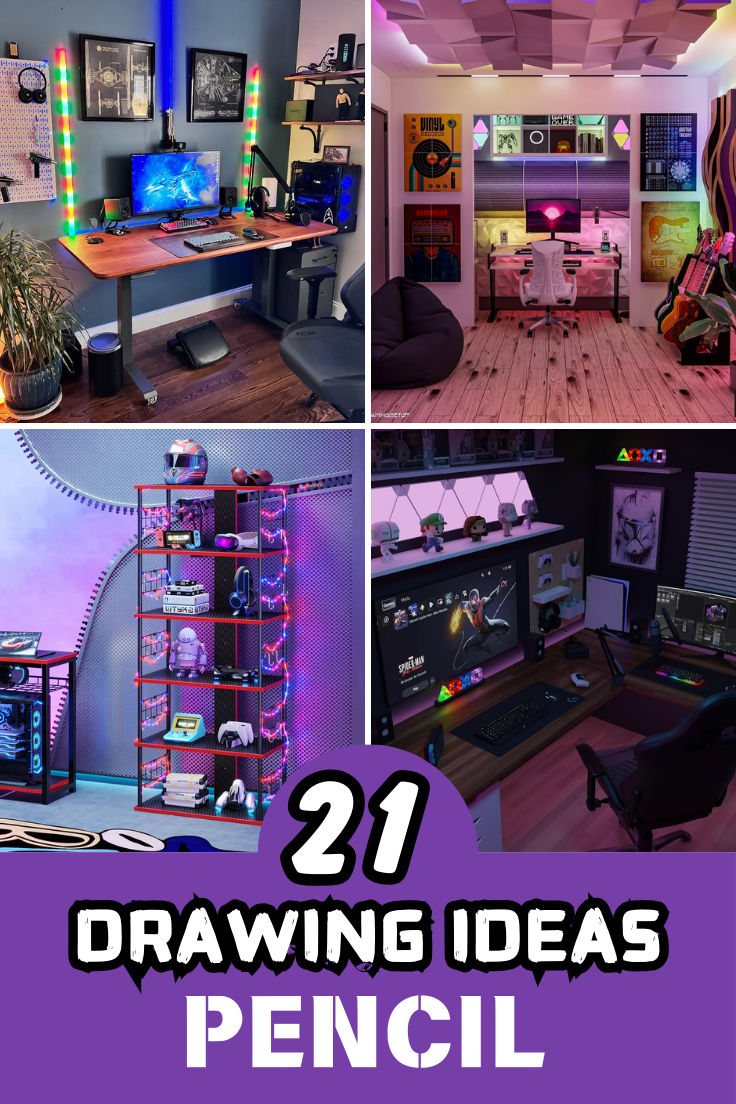
Drawing with pencils is one of the most versatile and rewarding art forms, allowing you to bring your imagination to life with just a few strokes. Whether you’re a beginner or an experienced artist, sometimes you need fresh inspiration to keep your creativity flowing. The beauty of pencil drawing is that you don’t need expensive materials—just a good-quality sketchbook, a set of pencils, and an idea. Whether you enjoy sketching realistic portraits, nature-inspired art, or even fantasy creatures, this guide will help you discover 21 inspiring drawing ideas to boost your creativity instantly. Plus, we’ll recommend some essential art supplies that can elevate your drawing experience, helping you achieve smoother shading, sharper details, and more expressive lines. Let’s dive into these creative pencil drawing ideas and unlock your artistic potential!
1. Realistic Eye Drawing – Master the Details
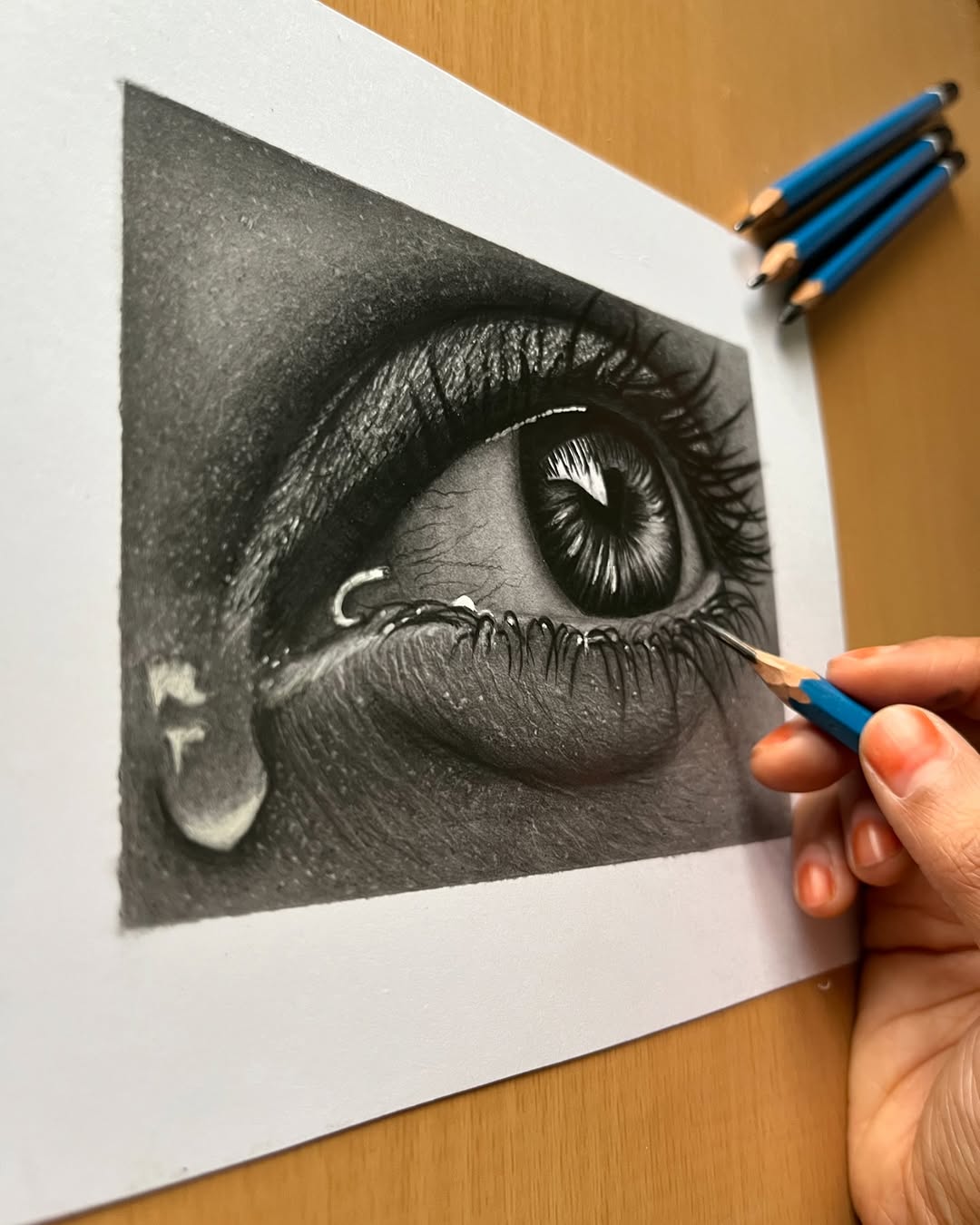
SOURCE @classy_arts
One of the most fascinating and rewarding subjects to draw is the human eye. Eyes are known as the windows to the soul, and mastering their details can add life and emotion to your portraits. Start by sketching the basic outline of an eye, focusing on the almond shape. Pay close attention to the light reflections in the pupil and the intricate patterns in the iris. Using a blending stump or tissue can help you achieve smooth shading, creating a glassy, realistic effect. Don’t forget the eyelashes—vary their thickness and direction for a more natural look. To make the process even easier, using a fine mechanical pencil for detailed lines and a kneaded eraser for highlights can significantly enhance your results.
2. Floral Sketch – Nature’s Beauty on Paper
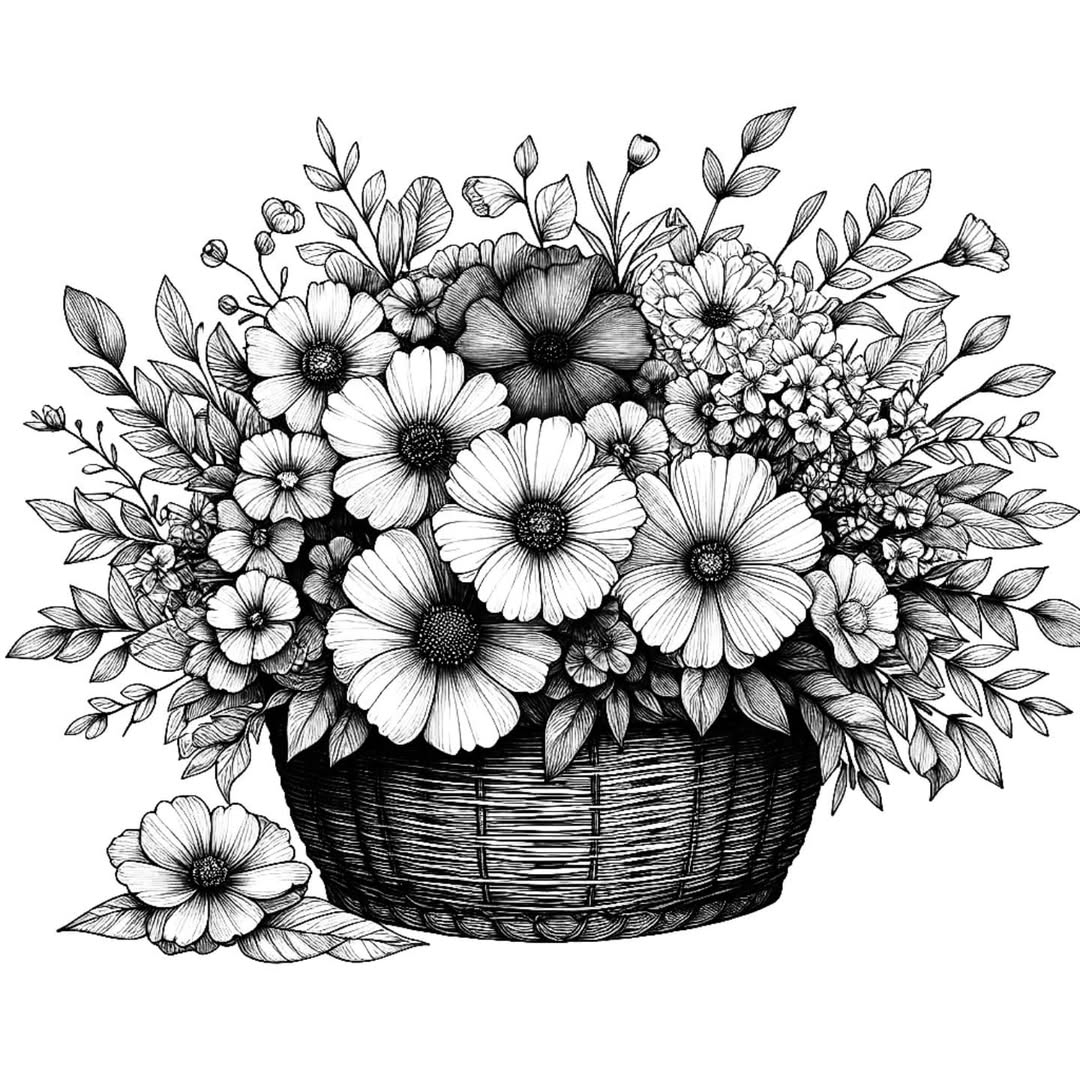
SOURCE @drawonlinepage
Flowers are an excellent subject for pencil sketches, offering endless variety and intricate details to explore. Whether you choose a delicate rose, a blooming sunflower, or an exotic orchid, floral sketches help refine your skills in shading and texture. Begin with light outlines to map out the petals, paying attention to their curves and natural asymmetry. Use soft pencil strokes to add depth, focusing on the play of light and shadow. Layering different shades of graphite can bring out the softness and fragility of the petals, making them appear almost lifelike. If you love botanical art, consider using a fine-tip pencil set to capture the most delicate details with precision.
3. Animal Portraits – Bring Wildlife to Life
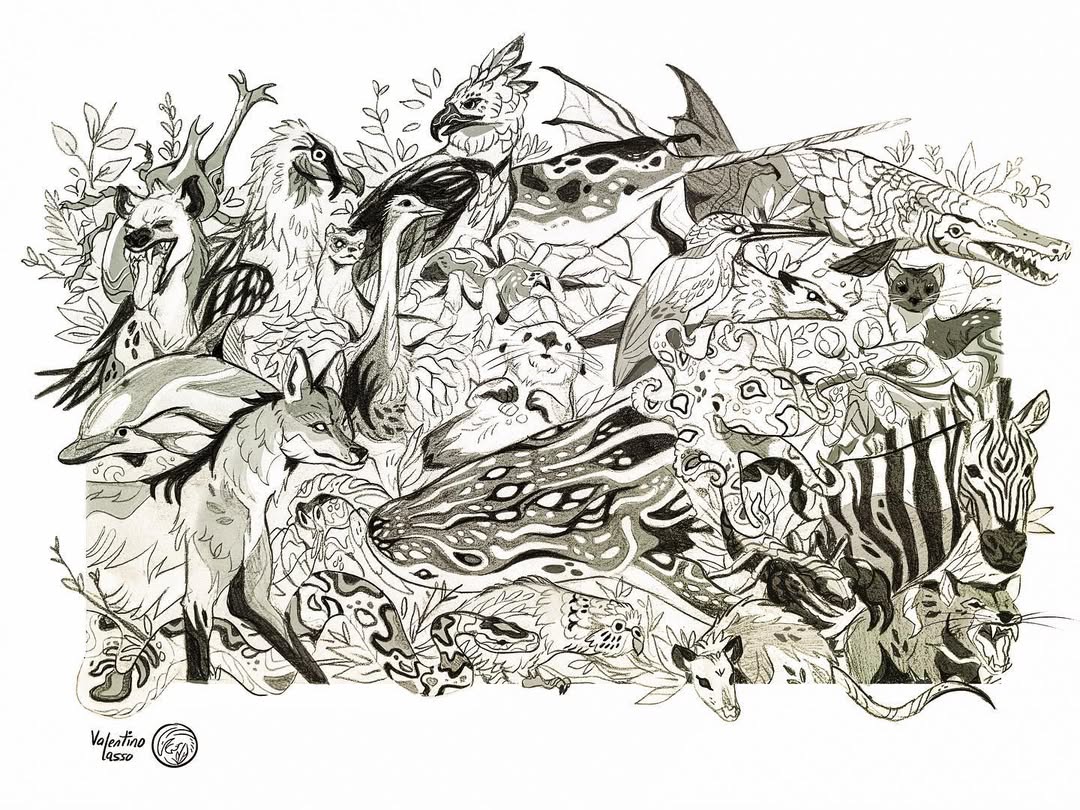
SOURCE @valentino_lasso
Drawing animals allows you to explore various textures, from the soft fur of a kitten to the rough skin of an elephant. Start with simple shapes to structure the head and body, then gradually add details such as eyes, whiskers, and individual strands of fur. Pay close attention to the direction of fur growth to create a more realistic effect. If you’re drawing a bird, focus on the layering of feathers and subtle shading variations to create depth. For extra realism, use different grades of pencils—harder pencils for fine details and softer ones for deep shading. A blending tool can help smooth transitions, making your animal sketches look more natural.
4. Architectural Sketch – Drawing Buildings with Depth
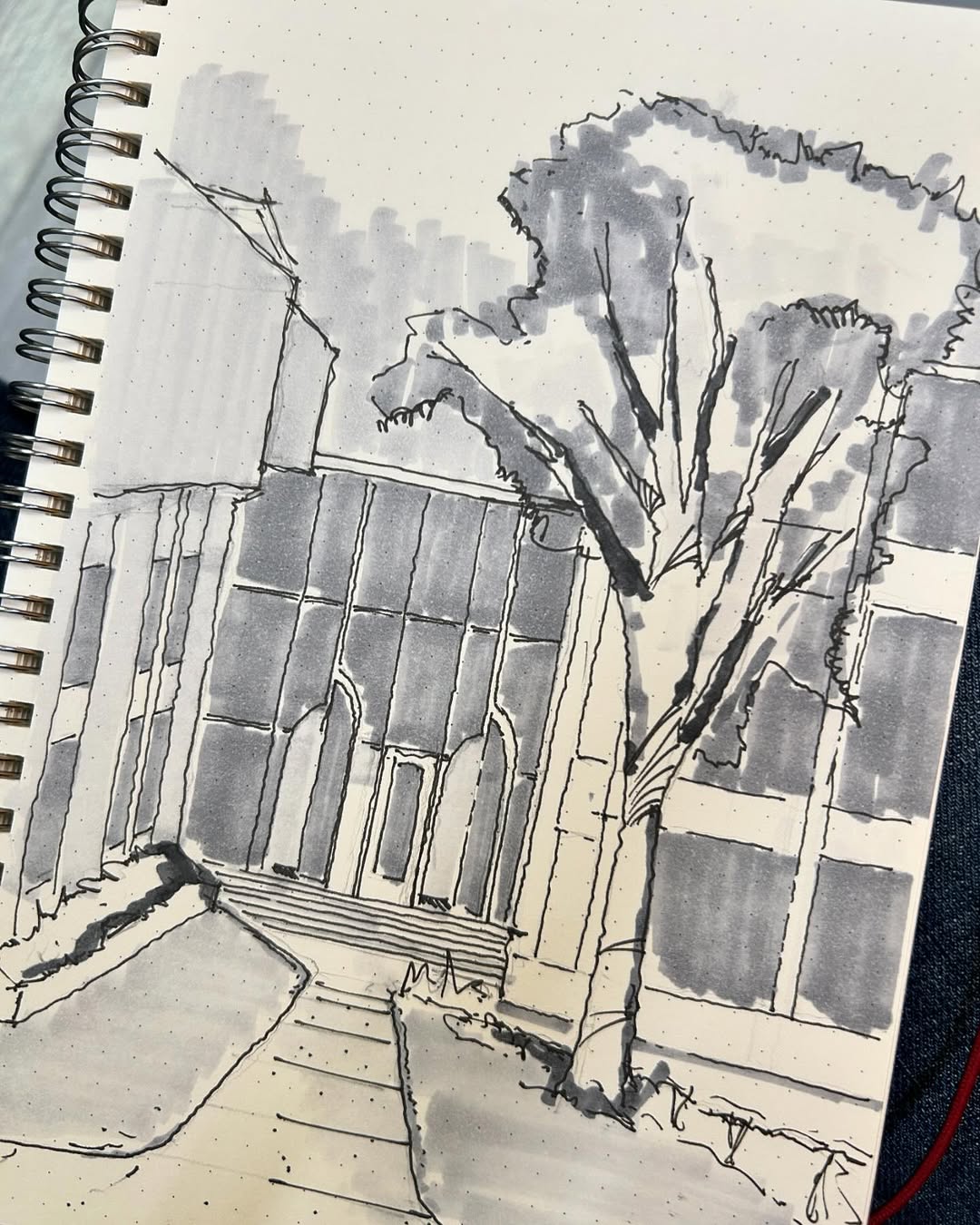
SOURCE @shaunt_ra
If you’ve ever admired the intricate details of historical buildings or the sleek lines of modern skyscrapers, architectural drawing is a fantastic way to challenge yourself. Begin with basic geometric shapes to construct the framework of your building. Use a ruler to create straight, precise lines for symmetry and perspective. Pay attention to windows, doors, and decorative elements that add character to your sketch. Learning one-point and two-point perspective techniques can help you create depth and realism. To add a dramatic effect, use hatching and cross-hatching techniques for shadows. For even more refined details, consider a set of drafting pencils with varying lead thicknesses.
5. Fantasy Creature – Unleash Your Imagination
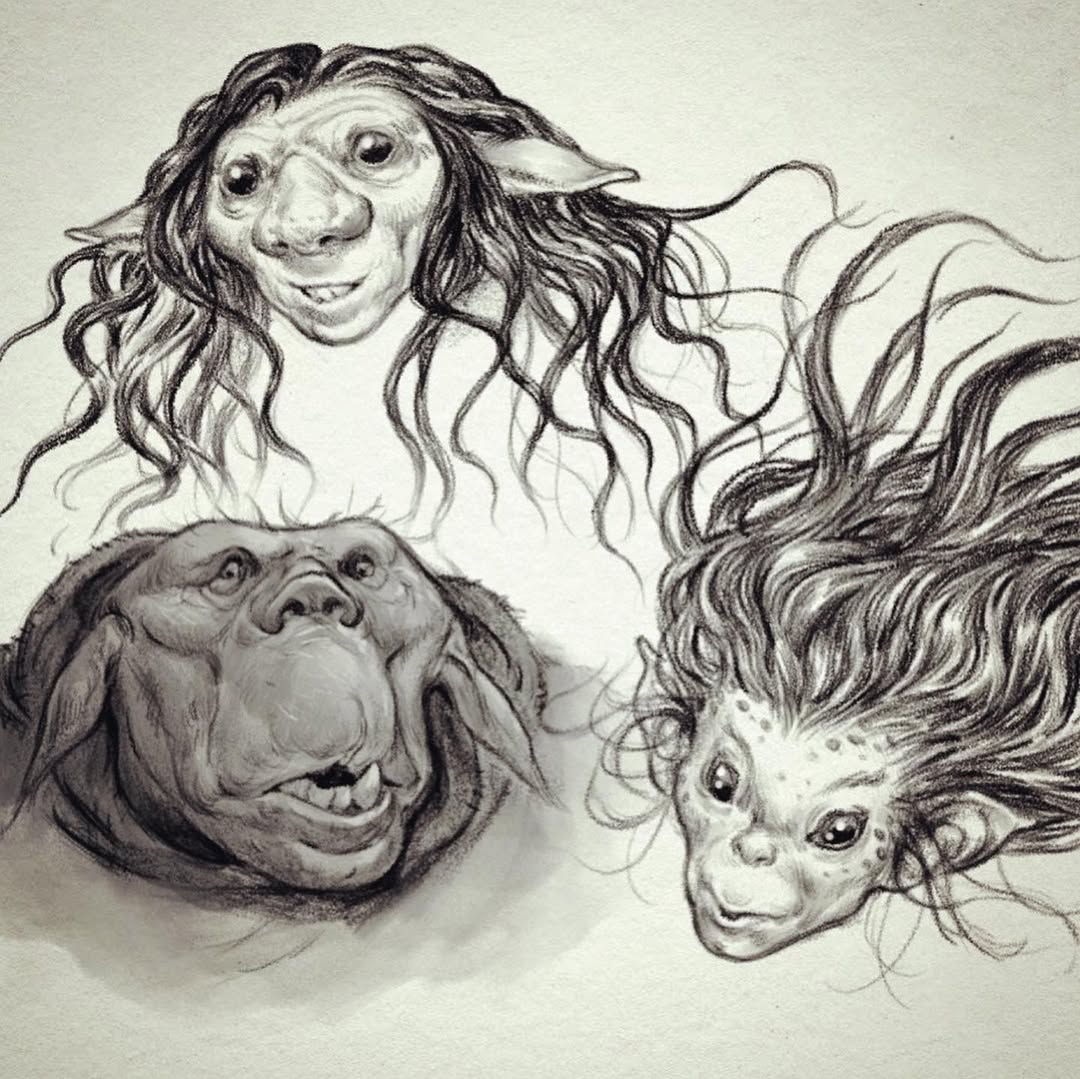
SOURCE @kylepattersonillustration
Fantasy drawings are a fantastic way to express your creativity without limitations. Whether you imagine majestic dragons, mystical fairies, or hybrid creatures, the possibilities are endless. Start by sketching a rough outline of your creature, combining features from different animals or entirely new elements. Focus on creating dynamic poses, dramatic expressions, and unique textures like scales, feathers, or glowing eyes. Shading techniques such as stippling or smudging can add depth and realism to your fantasy characters. To enhance the final artwork, use an eraser to add highlights and a fine mechanical pencil for intricate details.
6. Portrait Drawing – Capturing Human Expressions
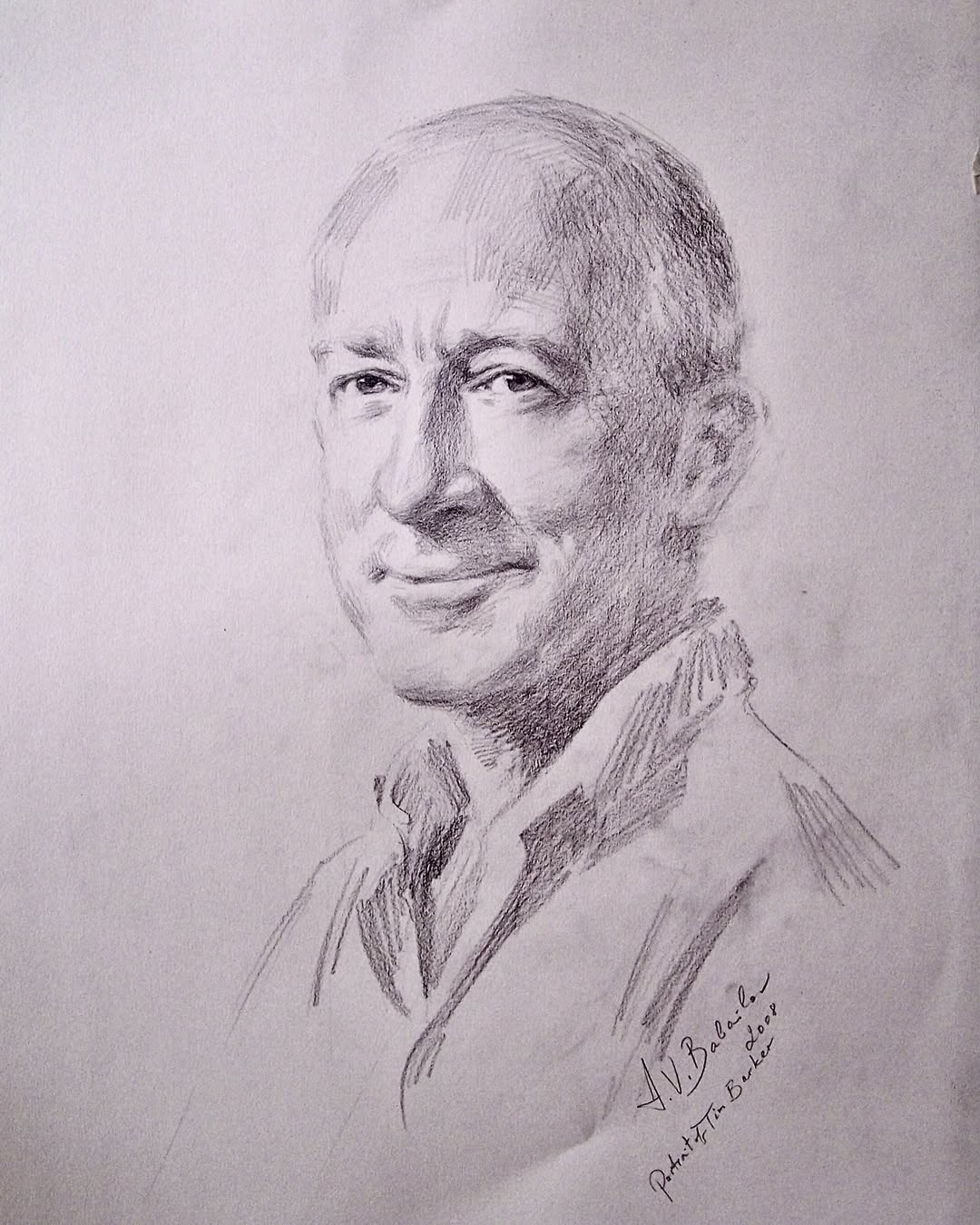
SOURCE @igor.babailov
Drawing human faces is one of the most rewarding yet challenging tasks for any artist. Begin with a simple grid technique to accurately place the eyes, nose, mouth, and ears in proportion. Pay close attention to facial features, capturing subtle expressions and emotions. Use smooth shading to create realistic skin tones, highlighting areas where light naturally falls. The key to a successful portrait is mastering blending—using tools like blending stumps or cotton swabs can help create seamless transitions. A high-quality graphite pencil set with different lead hardness levels can make all the difference in achieving lifelike results.
7. Still Life Composition – Observational Drawing Made Easy
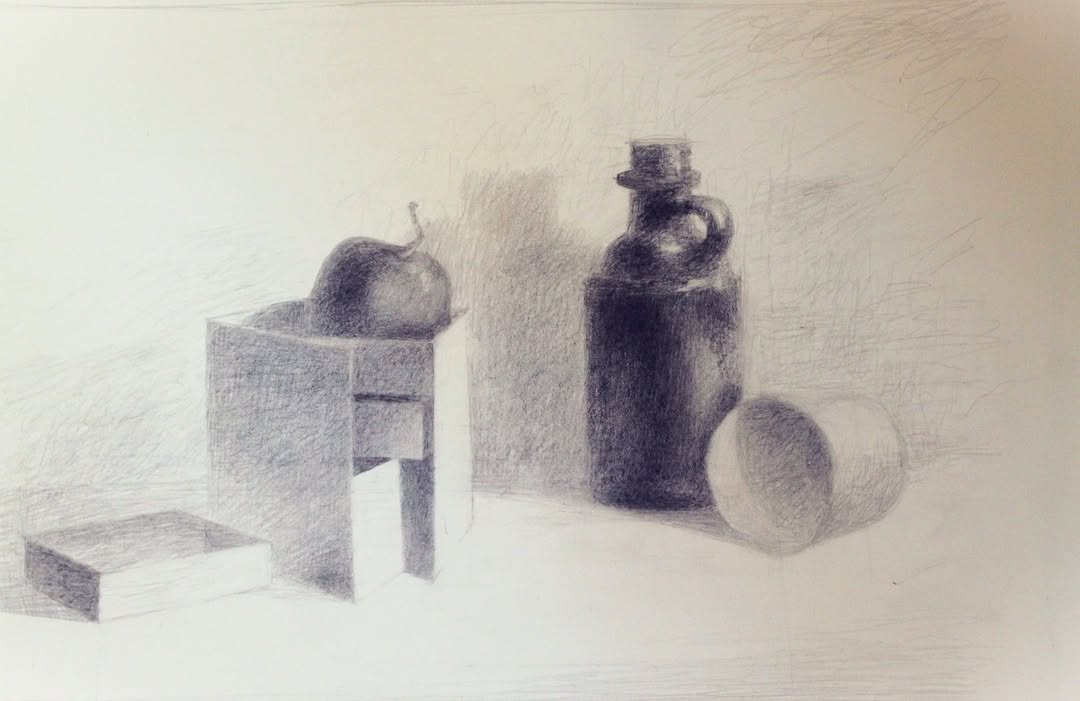
SOURCE @pafacademy
Still life drawings help artists develop observational skills and understand how light interacts with objects. Choose a few objects, such as fruits, vases, or books, and arrange them in a visually interesting composition. Begin by sketching the basic shapes, ensuring accurate proportions before adding details. Use different shading techniques like cross-hatching or stippling to create depth and texture. Pay attention to light sources and cast shadows to make your objects appear three-dimensional. A good sketchbook with high-quality paper can help you achieve better shading results without smudging.
8. Abstract Line Art – Let Your Creativity Flow
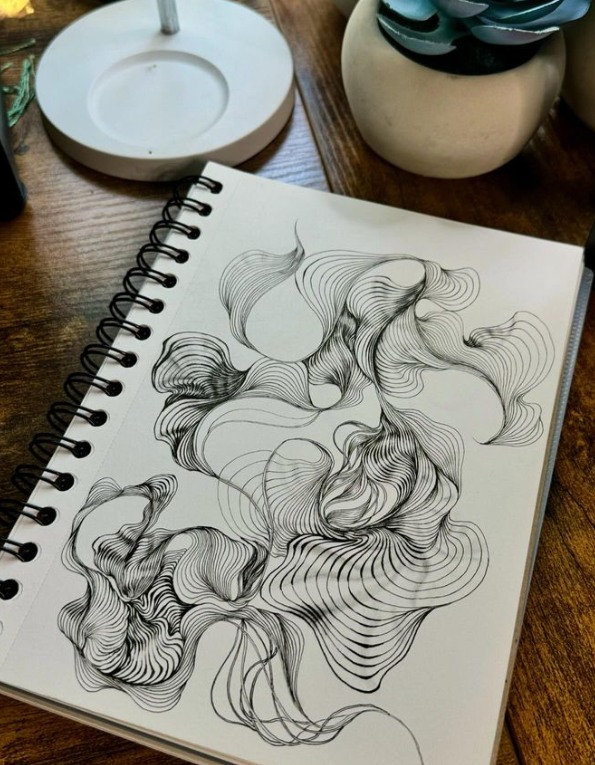
SOURCE @doodleartclub
Abstract drawings allow you to experiment with free-flowing lines, patterns, and geometric shapes. Instead of focusing on realism, explore movement, rhythm, and emotion through your lines. Use varying pencil pressure to create different textures and thicknesses. Abstract art can be a great way to de-stress and express your inner thoughts creatively. If you enjoy working with bold contrasts, consider using charcoal pencils to add drama and depth.
9. Cartoon Characters – Fun and Expressive Sketches
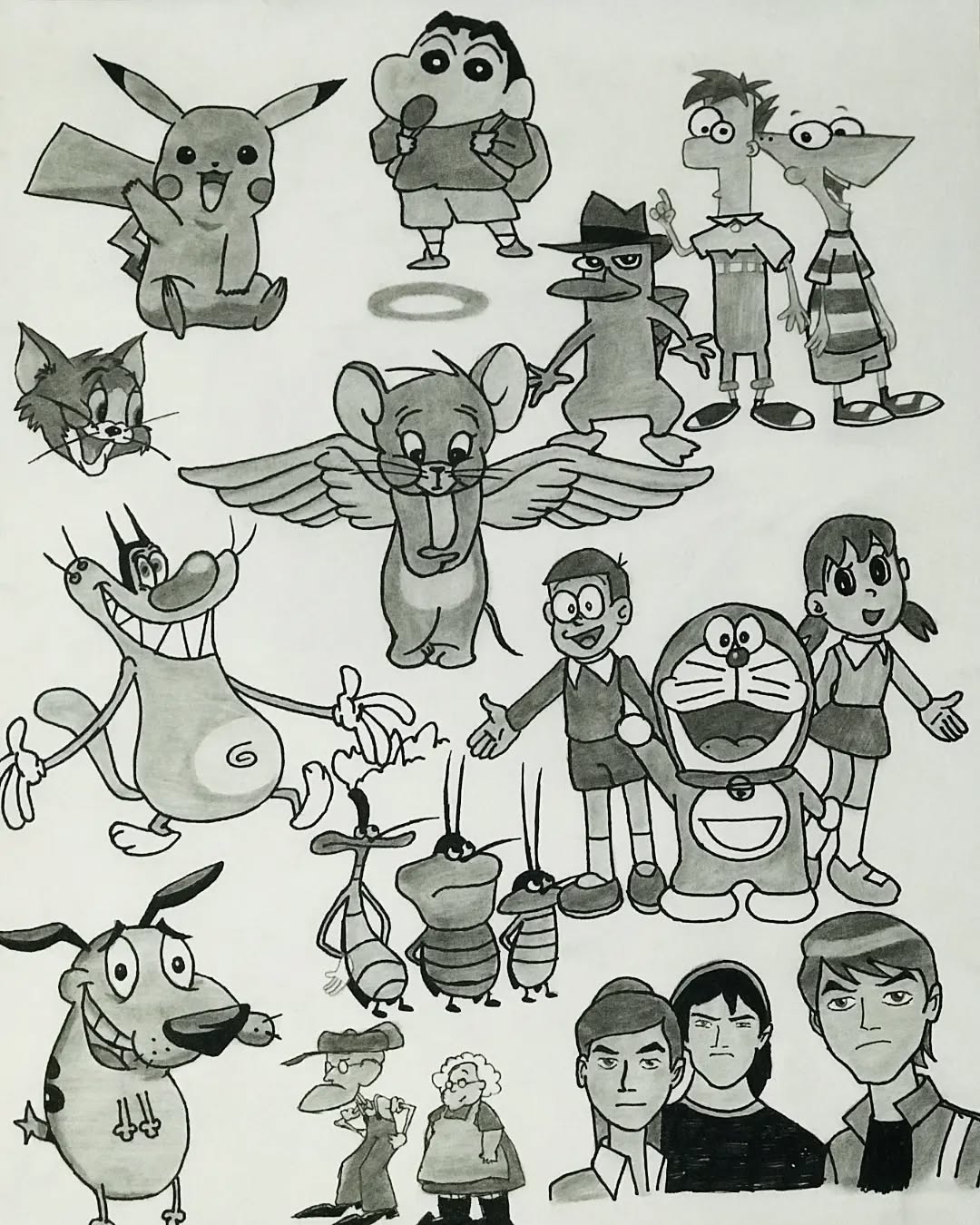
SOURCE @nicks_art02
Cartoons are all about exaggeration and personality. Whether you’re drawing a classic character or creating your own, focus on expressive facial features and dynamic poses. Large eyes, exaggerated smiles, and unique hairstyles help make a cartoon character stand out. Start with basic shapes and refine the details gradually. Smooth, clean lines are essential, so using a high-quality eraser to remove sketchy outlines can help polish your final piece. If you love digital art, transitioning from traditional cartoons to digital sketching with a tablet can be a fun next step.
10. Mandala Art – Create Mesmerizing Patterns
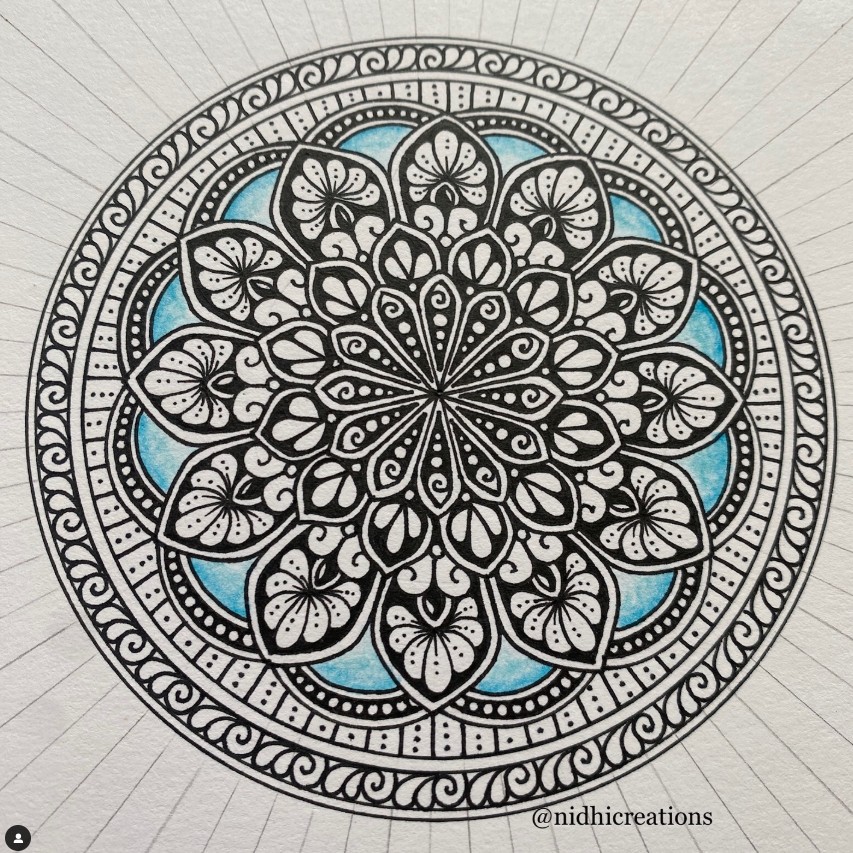
SOURCE @doodleartclub
Mandalas are intricate circular designs that symbolize harmony and balance. They are not only beautiful but also meditative to draw. Start with a center point and build outward, adding repeating shapes like petals, circles, and swirls. The key to a striking mandala is symmetry, so using a compass and a ruler can help maintain precise spacing. Experiment with different line weights and shading techniques to add depth. If you want a sharper finish, a fine-tip mechanical pencil is perfect for detailing. Mandalas can also be great for relaxation, helping you focus and unwind after a long day.
11. Gesture Drawing – Capture Movement and Energy
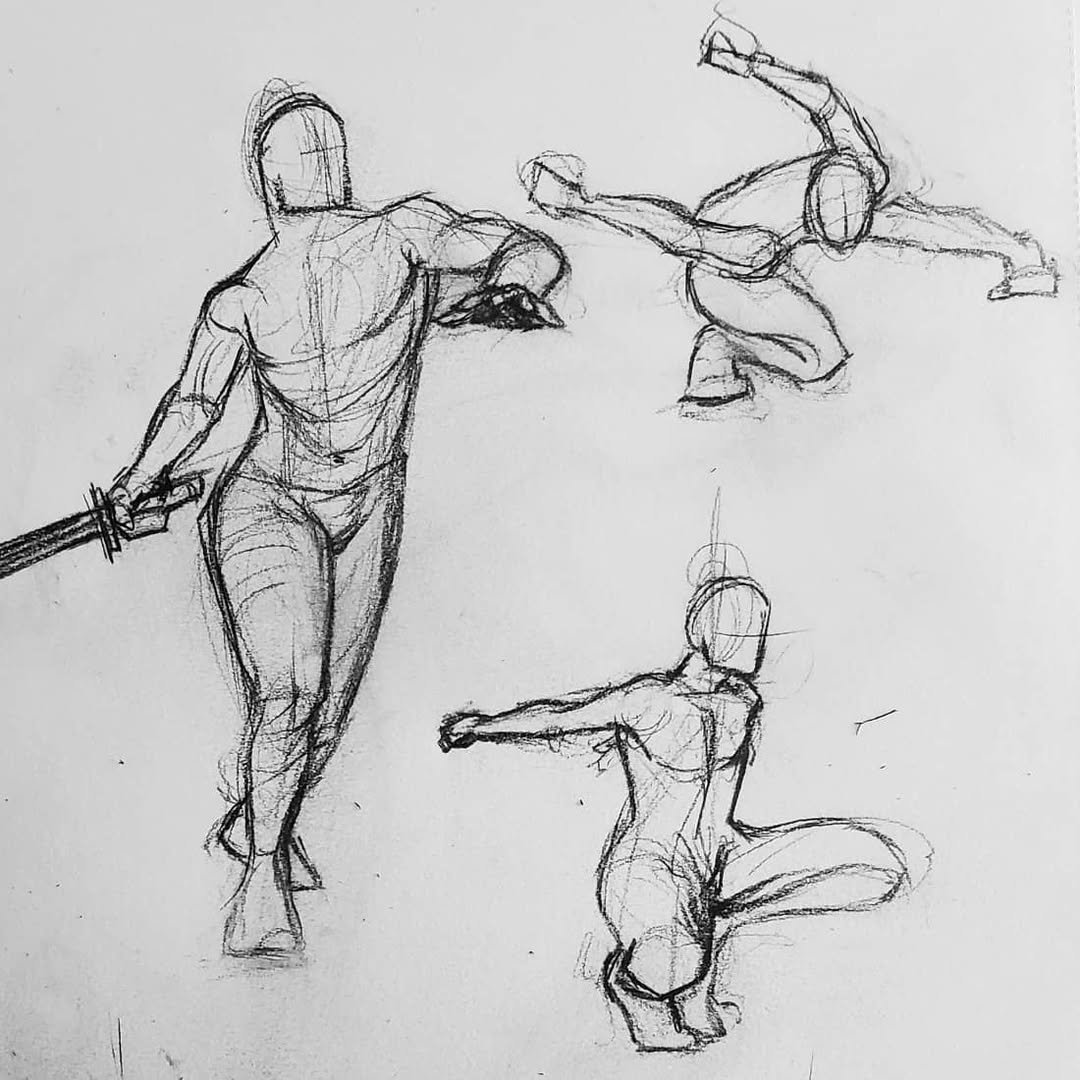
SOURCE @noor_al_rassam
Gesture drawing is a fantastic way to practice quick sketches of human figures in motion. Instead of focusing on details, try to capture the essence and movement of your subject. Start with a few loose lines to define posture and balance, gradually refining the form. This technique is great for improving speed and fluidity in your drawings, making your characters look more natural. Artists often use gesture drawing for animation and storytelling, so if you love sketching expressive figures, this is an excellent exercise. Using a soft graphite pencil can help create dynamic, flowing lines that add energy to your sketches.
12. Landscapes – Bring Nature to Life
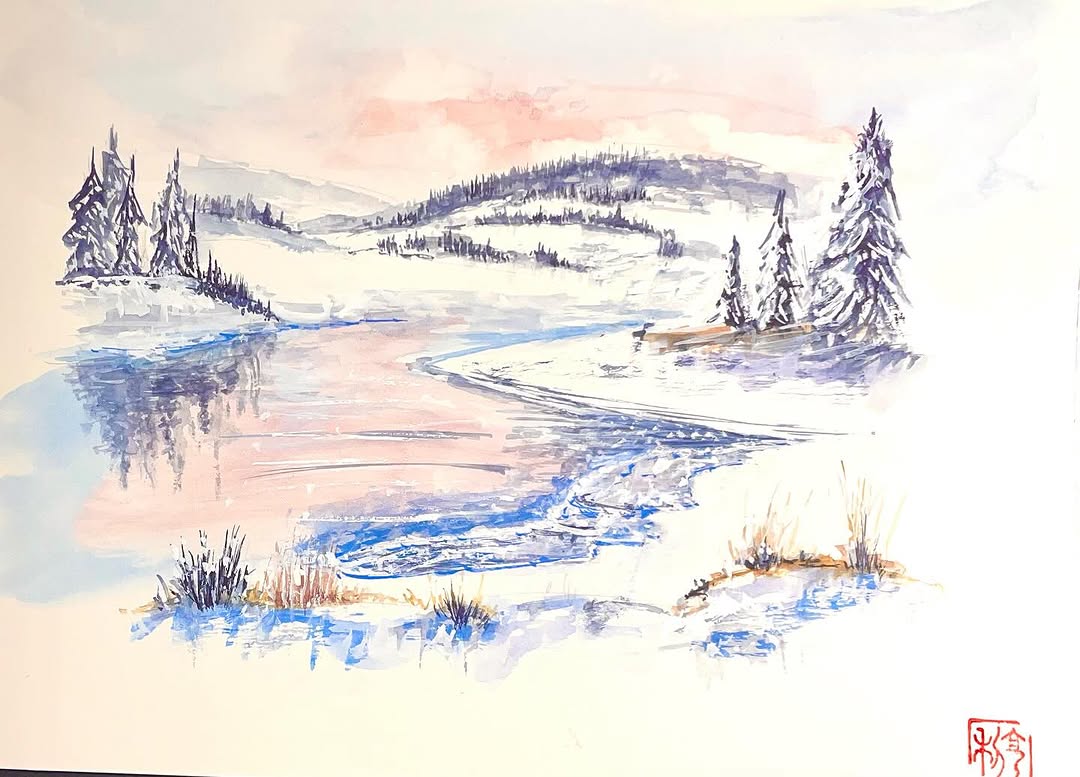
SOURCE @ehcanadianpeace
Sketching landscapes is a wonderful way to practice depth and perspective. Choose a scene with a strong focal point, such as a mountain range, a peaceful lake, or a forest path. Start by sketching the basic horizon line, then add details like trees, clouds, and water reflections. Use different shading techniques to create contrast between the foreground, middle ground, and background. If you want to enhance textures, try using a textured paper sketchbook—it helps create realistic grass, water ripples, and rocky surfaces. A variety of pencil grades can also help achieve a more dramatic range of light and shadow.
13. Hands and Feet – Mastering Complex Anatomy
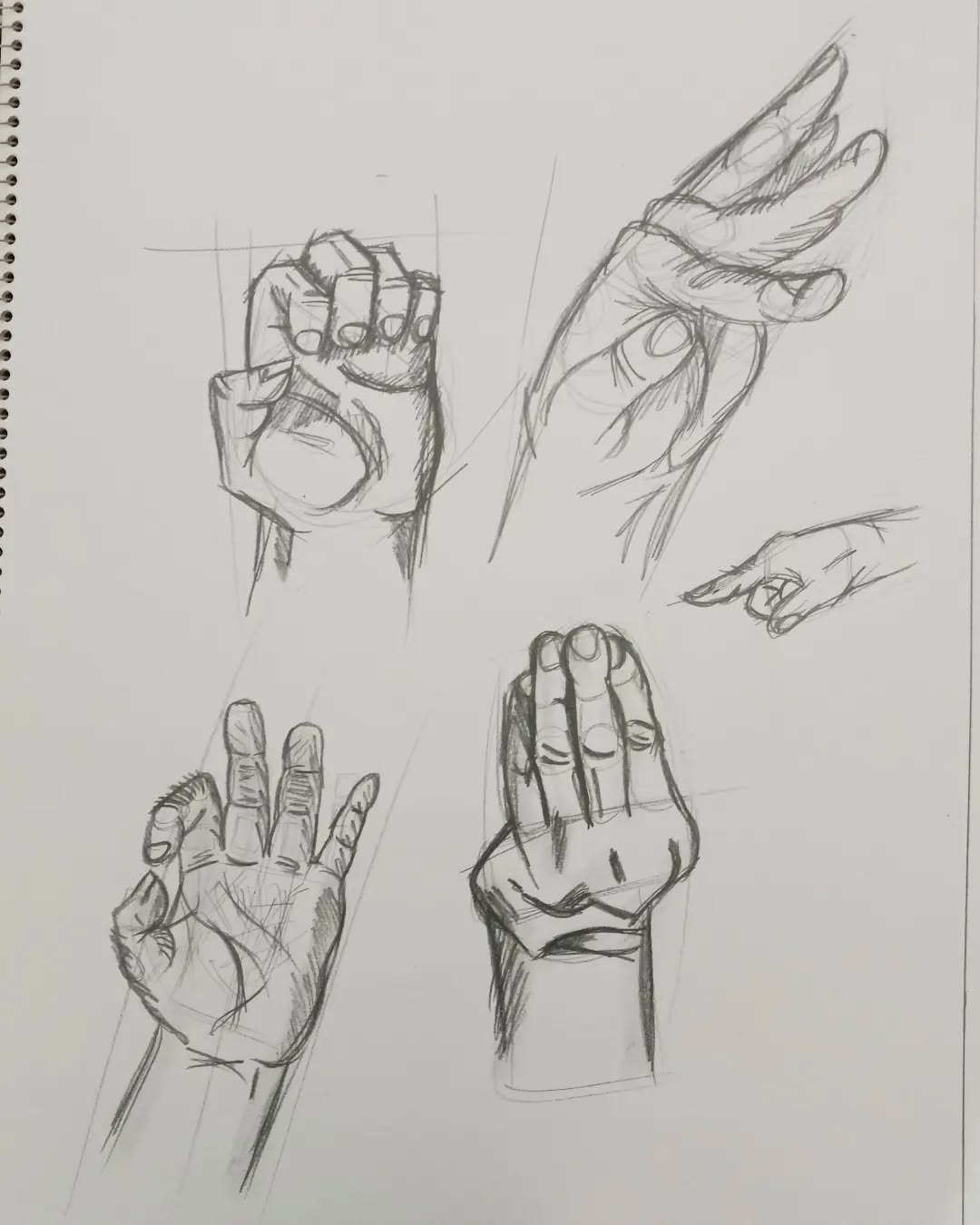
SOURCE @danterojas5
Many artists find hands and feet challenging, but mastering them can significantly improve your overall figure drawing skills. Start by breaking them down into basic shapes—palms as rectangles, fingers as cylinders, and feet as triangular structures. Observe how the fingers bend, how the foot arches, and how shadows form in creases. Practice sketching different hand positions, such as fists, open palms, or fingers in motion. Using a soft lead pencil can help achieve smooth shading that highlights knuckles, veins, and skin folds. A kneaded eraser is great for lifting highlights to make your drawing more lifelike.
14. Vintage Still Life – Capture Old-World Charm
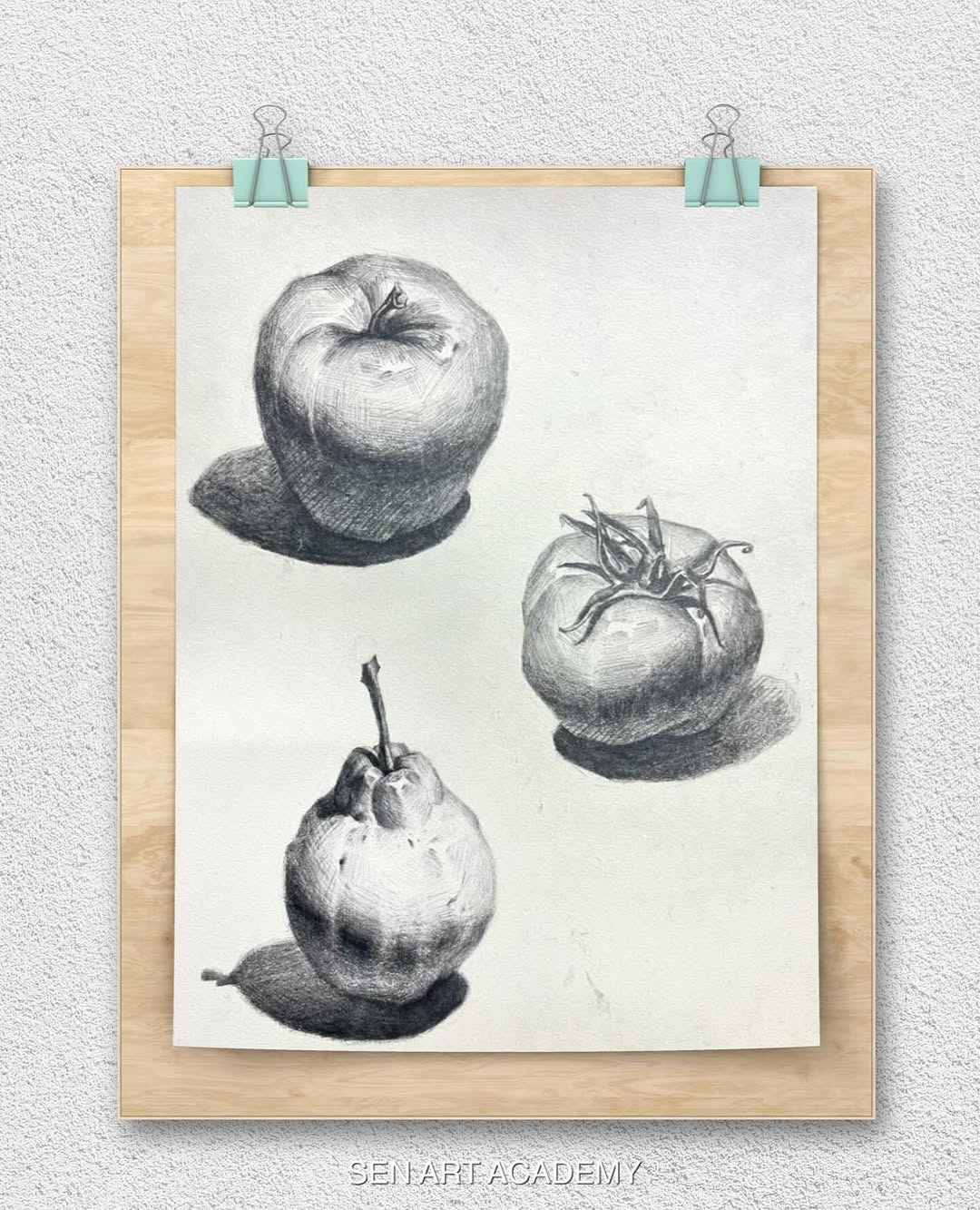
SOURCE @sen_art_academy
Still life drawings of vintage objects—like an old clock, a typewriter, or antique books—offer a mix of textures and intricate details to explore. Start by arranging your objects in a way that creates interesting shadows and contrasts. Pay attention to how light reflects off metallic surfaces or the worn texture of aged paper. Layering different pencil strokes can help mimic real-life textures, making your drawing look more realistic. If you enjoy sketching classic aesthetics, consider using sepia-toned pencils or charcoal for a timeless effect.
15. Mythical Creatures – Explore the World of Fantasy
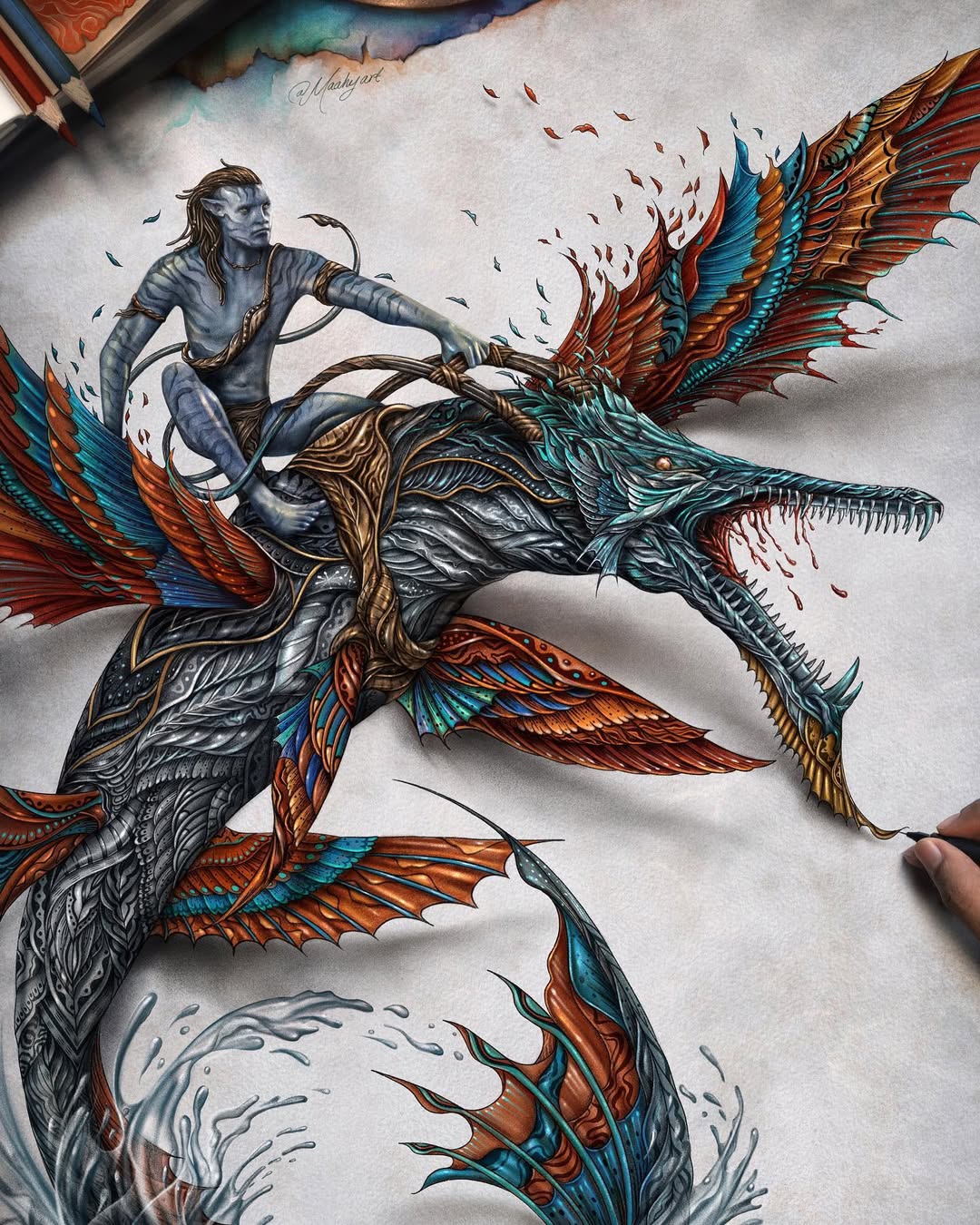
SOURCE @maahyart
Drawing mythical creatures like unicorns, phoenixes, and mermaids allows you to merge fantasy with realism. Start by combining elements from different animals—like the wings of a bird, the body of a horse, or the scales of a dragon. Pay attention to proportions, making sure each part blends naturally. Shading can help define textures, such as smooth scales, flowing hair, or leathery wings. If you love intricate designs, try adding decorative elements like glowing eyes, swirling patterns, or magical runes. Using a set of fine detail pencils can make intricate designs easier to achieve.
16. Mechanical and Steampunk Designs – Industrial Art Style

SOURCE @riderikrifki
Steampunk art combines Victorian-era aesthetics with futuristic machinery, making it an exciting challenge for artists. Think of gears, cogs, mechanical wings, and intricate metalwork fused into imaginative designs. Start with a rough sketch of your subject—a character, an animal, or a futuristic city—then incorporate mechanical elements like pipes, gears, and steam vents. Use cross-hatching to create depth and shading for a metallic effect. If you want crisp, fine lines, a technical drawing pen or fine-tip mechanical pencil can help you achieve intricate details.
17. Optical Illusions – Mind-Bending Art
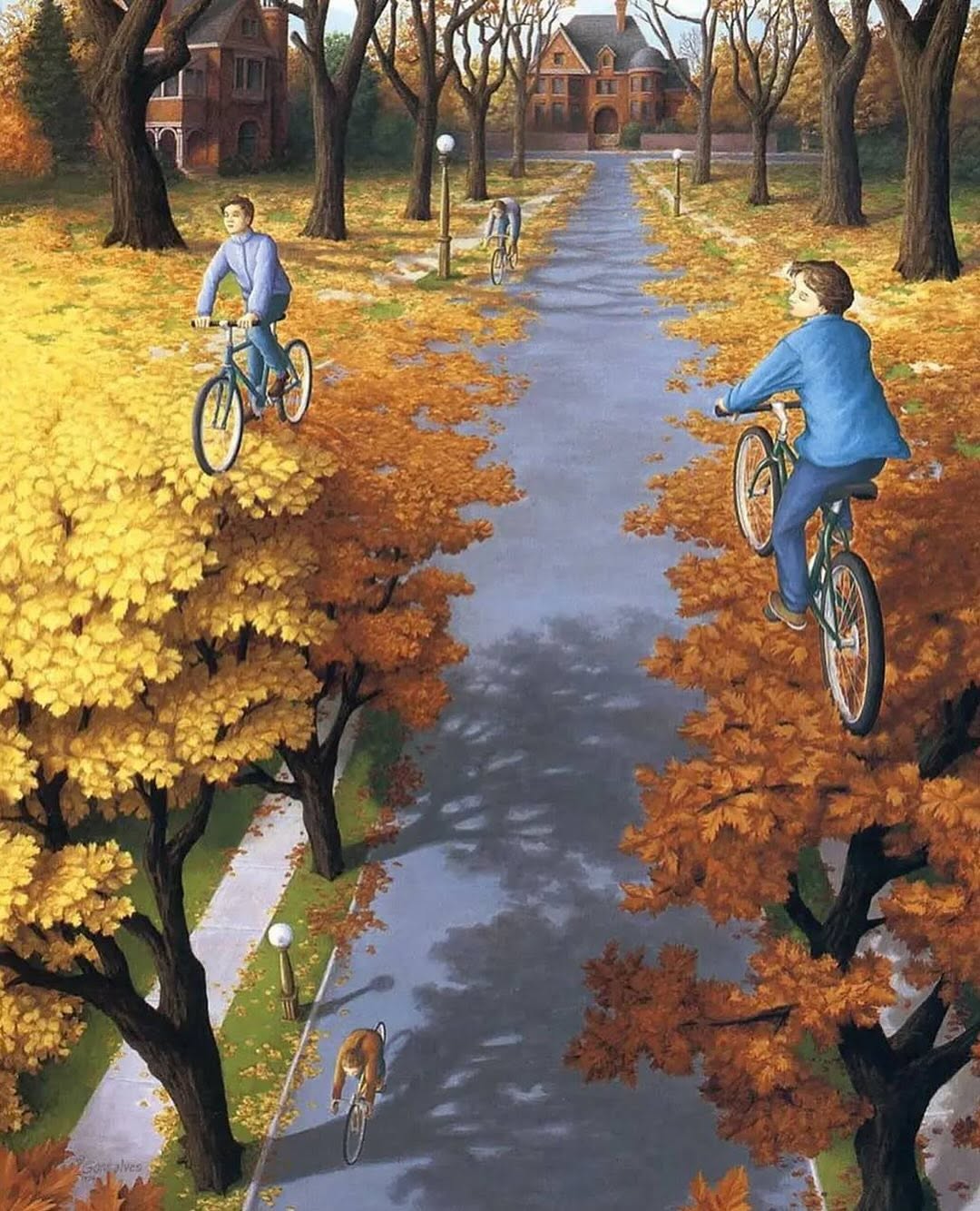
SOURCE @artist
Optical illusion drawings play with perspective and depth to create images that trick the eye. You can experiment with 3D holes, floating cubes, or impossible staircases to challenge your perception. Start with simple geometric shapes, then add shading to create a realistic illusion of depth. Pay attention to the way light interacts with different surfaces—highlights and shadows are key to making an illusion look believable. Graphite pencils with a smooth lead transition work best for blending and achieving seamless shading effects.
18. Silhouettes – Playing with Light and Shadow
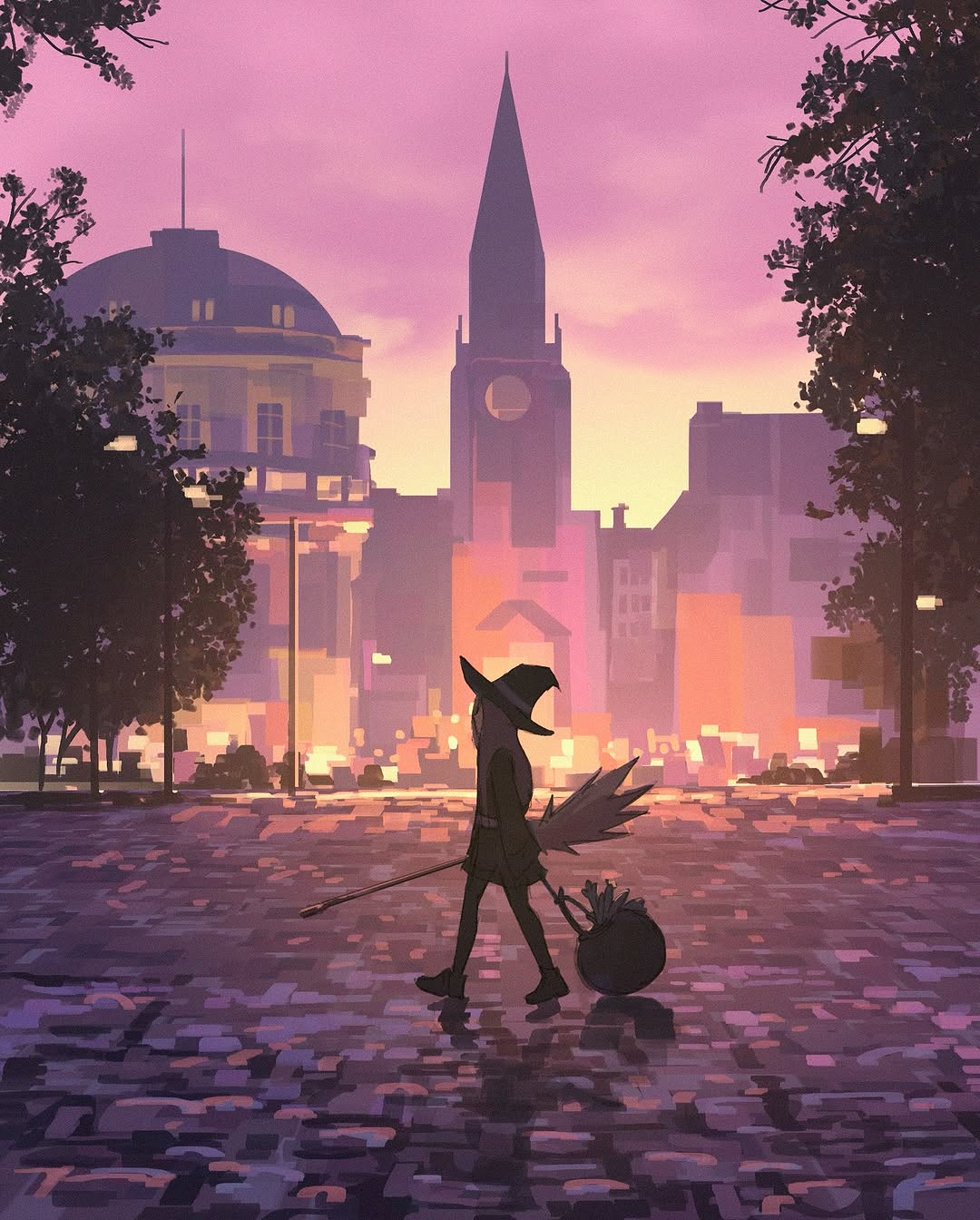
SOURCE @derekdomnicdsouza
Silhouette drawings use high contrast to create striking, dramatic images. These can be cityscapes at sunset, dancers in motion, or even iconic profiles. Start by sketching the outline of your subject, ensuring the shape is recognizable without details inside. Fill in the shape with solid shading or soft blending for a dreamy effect. This style works especially well when experimenting with light sources—try creating a glow effect by blending the edges with an eraser. Silhouette art is perfect for storytelling, as it captures mood and movement with minimal details.
19. Comic Book Style – Bold and Expressive Art
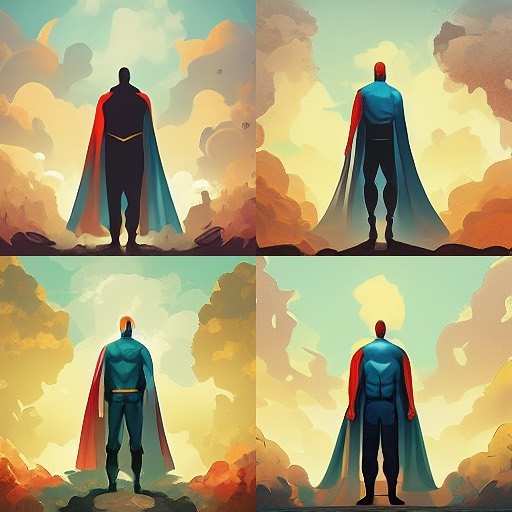
SOURCE @mattmanthemapman
If you love dynamic storytelling, comic book art is a fantastic style to explore. Focus on bold lines, expressive faces, and exaggerated poses to bring energy to your characters. Start with rough sketches to define movement, then refine the details using crisp, clean lines. Shading plays a key role in comic art—hatching and bold contrast help define depth. If you’re looking for sharp, precise inking, a good set of fine-liner pens or a smooth black pencil can help achieve that polished comic-book look.
20. Surreal Art – Turn Dreams into Drawings
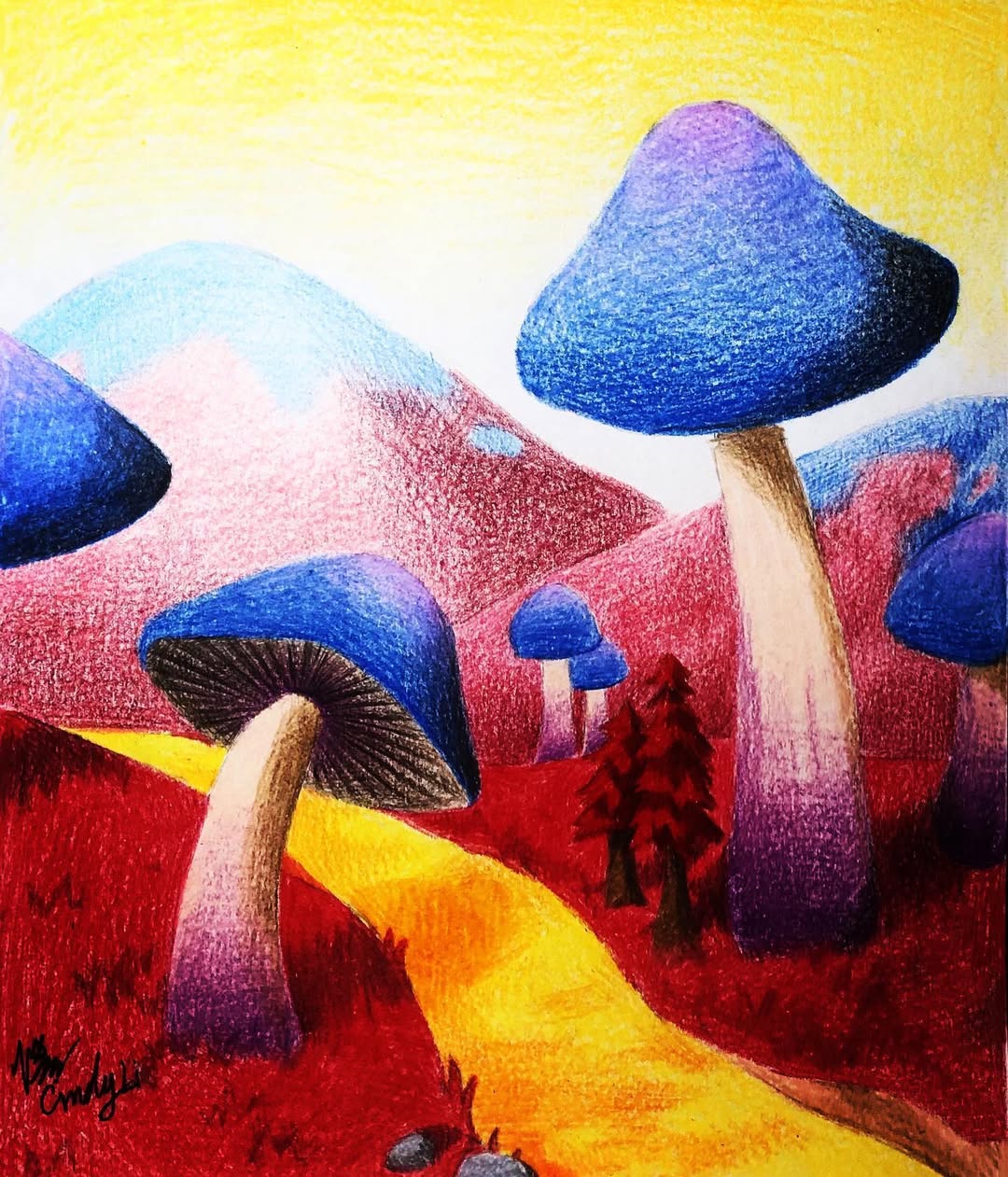
SOURCE @cindy.art
Surrealism allows you to create dreamlike, unexpected imagery—like a clock melting over a tree or a fish floating in the sky. This style is all about imagination and bending reality. Start with a rough sketch of your subject, then incorporate unusual elements that challenge logic. Experiment with different textures and shading techniques to create eerie, otherworldly effects. If you enjoy adding details, using ultra-fine mechanical pencils can help bring out intricate elements in your surreal artwork.
21. Self-Portrait – A Personal Artistic Challenge
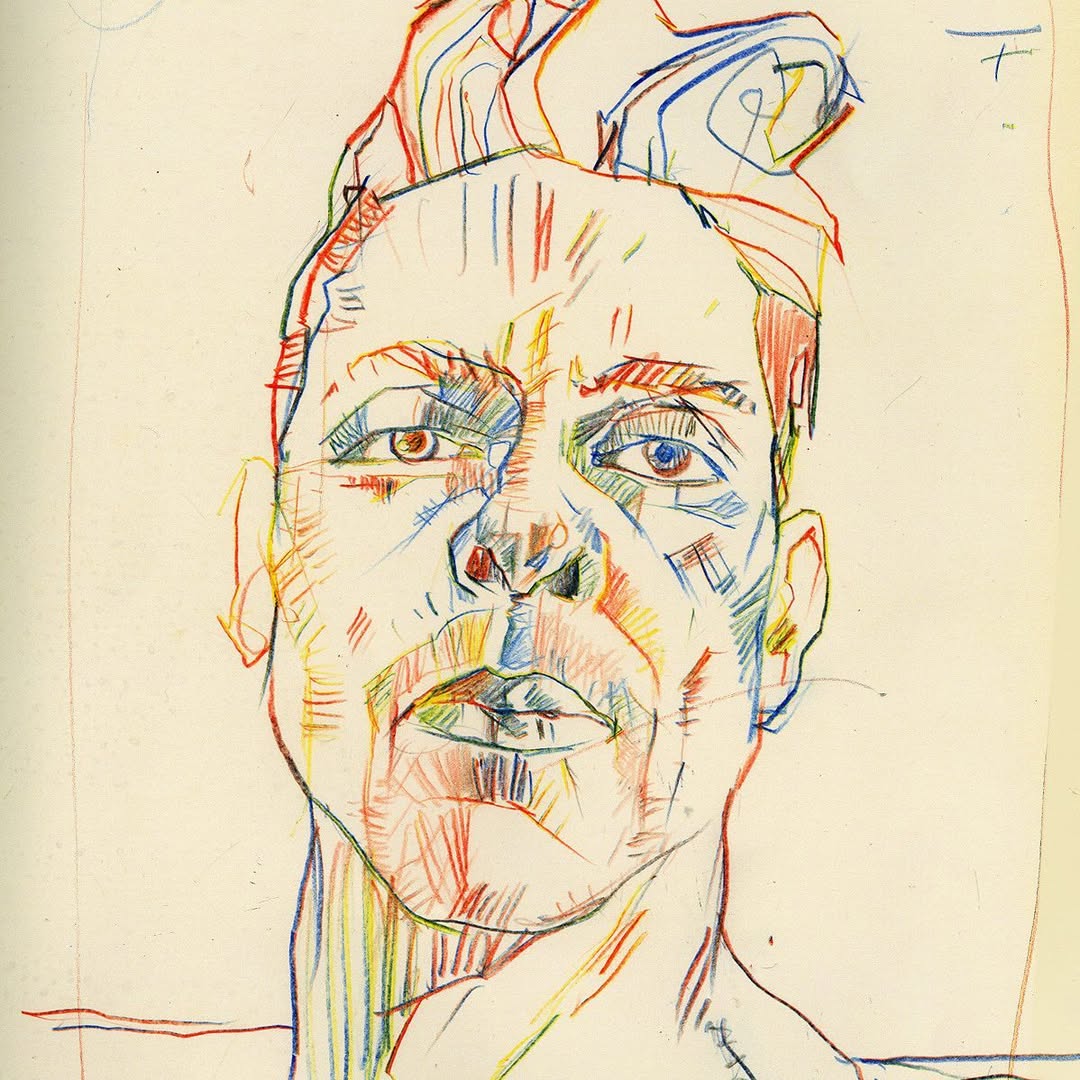
SOURCE @martinfrenchstudio
One of the most meaningful and challenging drawing exercises is creating a self-portrait. Not only does it improve observational skills, but it also helps you explore your personal artistic style. Start by sketching the basic proportions of your face using a mirror or a reference photo. Pay attention to facial expressions, bone structure, and light reflections. Smooth shading can help create realistic skin tones, while sharp pencil strokes can define hair texture. A high-quality portrait pencil set, along with a blending stump, can enhance depth and realism.

